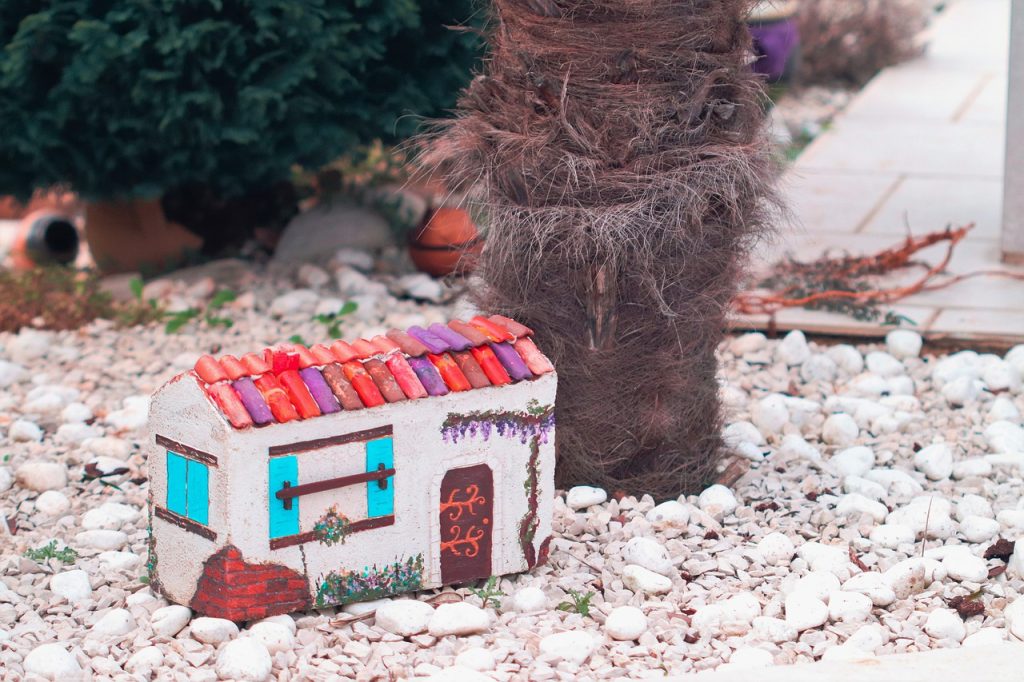Typically, investors strive to buy properties for below market value (BMV). Paying less for homes can play a significant role in determining how profitable investment property is. Unfortunately, in an increasingly digital and open world, purchasing a home below market value is becoming progressively impossible.
Investors who want to maximise their returns on their investment property must master the art of negotiating. Experienced landlords and investors will aim to bargain in order to purchase properties at the lowest possible price. Such investors can purchase properties at or below market value by haggling the price down as much as feasible.
Unfortunately, the art of negotiating does not come readily to many people. If you are one of these folks, here are some useful tips for buying an investment property at a good price.
 Image by Aly Baku from Pixabay
Image by Aly Baku from Pixabay
Know Your Seller
Negotiating without first knowing the seller’s motivations might be a recipe for disaster. When viewing a property, try to schedule a viewing with the owner in attendance. If not, take the time to get to know the selling agent. It is critical to understand why the owner is selling the property and how this may influence their selections.
When seeing the home with an agent, ask if you may speak directly to the seller before submitting an offer. The opportunity to communicate directly with sellers and develop a connection will enable you to discover more about their goals and ambitions. If there are numerous purchasers, you may be the only one with whom they are directly communicating, giving you an advantage.
Let The Seller Make The First Move
Making the seller move first can be advantageous. After you’ve established a connection with the owner or agency and persuaded them that you’re a serious buyer, it’s occasionally worthwhile to ask the seller what they’d genuinely sell the home for. By doing so, you are requesting that the seller reconsider the price they are willing to accept for the property. In most cases, they will reconfirm the list price. They may, however, return with a cheaper price, in which case the goalposts will have already shifted in your favour.
Look For Emotional Anchors
Anchors are used by negotiators to reframe a seller’s perspective. A seller may have a specific price in mind, but if you start with an unexpectedly low offer – preferably one supported by a historical comparison – you can utilise this to subliminally peg their expectations to a lower value. Simply said, a low offer that is shockingly low can cause sellers to reconsider their own value assumptions. You must exercise caution not to make an insultingly low offer. Making an offer that is 20-25 percent below the advertised price, on the other hand, might be a beneficial approach when attempting to negotiate a lower price.
Establish A Range
Rather than selecting a precise anchor point, establishing an emotional range might be beneficial. Instead of making a single low offer, which might put sellers on the defensive, you can make a variety of offers. While their house is advertised for £150,000, other residences in the neighbourhood have sold for £120,000 to £140,000. The seller will still accept the lower end of the range, but making an offer as part of a range will make it more appealing.
Don’t Use Monetary Terms
While most individuals are motivated by the exact selling price, it is not often the sole consideration for sellers. You may utilise this to your advantage if you understand the vendor and what they want to achieve. If they want to relocate but haven’t located the appropriate property yet, you might offer to rent the house to them for a year with a one-month break clause. If they are purchasing a home that needs renovation, offer to put them in contact with a reputable builder you know. In every case, look for ways to offer non-monetary value. When you do this, the seller will see that you are making every effort to provide them a bargain that works for them.
Use Odd Numbers
Precision is provided by odd numbers. When making bids for an investment property, buyers tend to round up to the next thousand. People frequently become fixated on much bigger rounds than this, gravitating for offers to the closest £5,000 or £10,000. The issue is that this encourages vendors to push you to the next rounded offer.
Consider making an out-of-the-ordinary offer as you approach your price limit. Instead of rounding up to £200,000, offer £196,493, for example. The accuracy of this amount can disarm salespeople and persuade them that you have reached your financial limit, deterring them from asking for more. Such offers can be particularly successful when accompanied by an investment statistic.
 Photo by SevenStorm JUHASZIMRUS from Pexels
Photo by SevenStorm JUHASZIMRUS from Pexels
Give The Seller Control – In Part
It is human nature to feel more at ease when you have control over a situation. Surprisingly, this can be a valuable bargaining weapon for purchasers. Buyers can obtain the results they seek by asking calibrated questions rather than delivering replies. Ask the seller questions that make them feel in control of the discussion while also encouraging them to come up with ideas that benefit you.
If you hit a pricing stalemate, ask the seller, “How can we work together to bring this deal over the line?” Similarly, if the seller appears to be fixed on a specific price, inquire as to why that price is so essential to them. The idea is to get the vendor to feel empathy for you and come up with their own solutions.
When employing calibrated inquiries, avoid starting queries with the word “why,” unless you want the seller to defend an objective that benefits you. The word ‘why’ sounds accusatory and puts sellers on the defensive.
Think About Timing
It may be tough to strike the right balance when it comes to making an offer on an investment property. On the one hand, you don’t want to reply too soon since it would confirm the idea that you were always willing to boost your offer. On the other hand, you don’t want to wait too long because it may indicate indifference or allow other bidders to outbid you.
When negotiating, never reply with a counteroffer right away. Instead, inform the seller or agent that you will examine the offer and will need to double-check the maths before responding. Provide a timetable for when you will respond to them. If you are at work, say you will verify the figures when you get home and respond first thing the next morning.
When you receive a counteroffer, you should use the call to express concerns or questions if the price is too high. You should not reject the offer right away. Instead, you might say that it may be tough for you to achieve that amount or that the counteroffer remains rather high.
Use A Surveyor
When you have an accepted offer, you can make it contingent on a building survey. The advantage of doing so is twofold. To begin, having a trained surveyor examine the property will aid in identifying any structural concerns or expenses. Even the finest negotiators will be out of cash if the home is discovered to have severe structural concerns. Second, if small faults emerge, you may use this knowledge to return to the vendor and negotiate a cheaper price.
Walk Away If You Need To
The goal of being a landlord in the cold light of day is to make money. You must buy properties that will provide a significant rental income or capital growth to justify the time you will invest in them. If not, what is the point of devoting so much time and money to the project?
Buyers frequently make the mistake of becoming emotionally engaged in an investment property. You may have non-financial motives for wanting the transaction to go forward for one reason or another. When this is the case, you are more likely to overspend and make an expensive mistake. Calculate the projected return on the property before making an offer. Calculate the price at which you will need to buy the property in order to achieve your goal return and set it as your maximum price. If the discussions go above this amount, you should be firm and walk away.